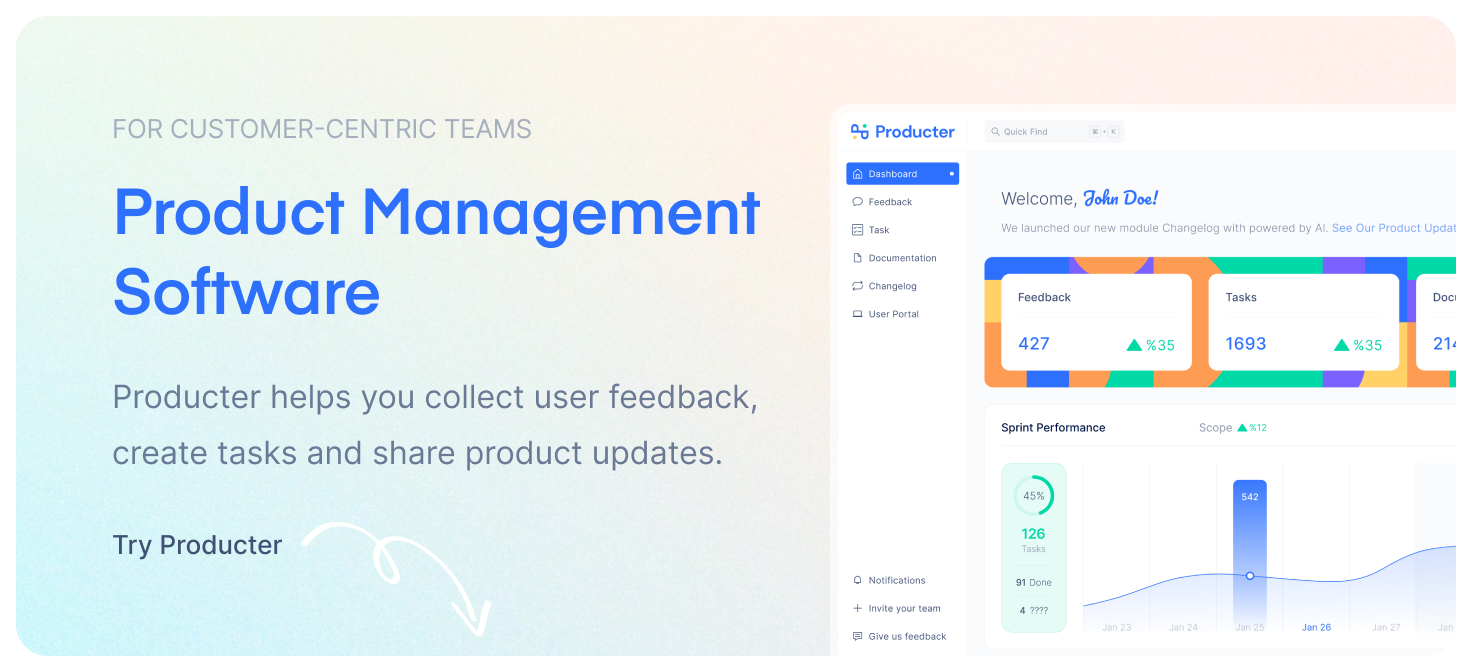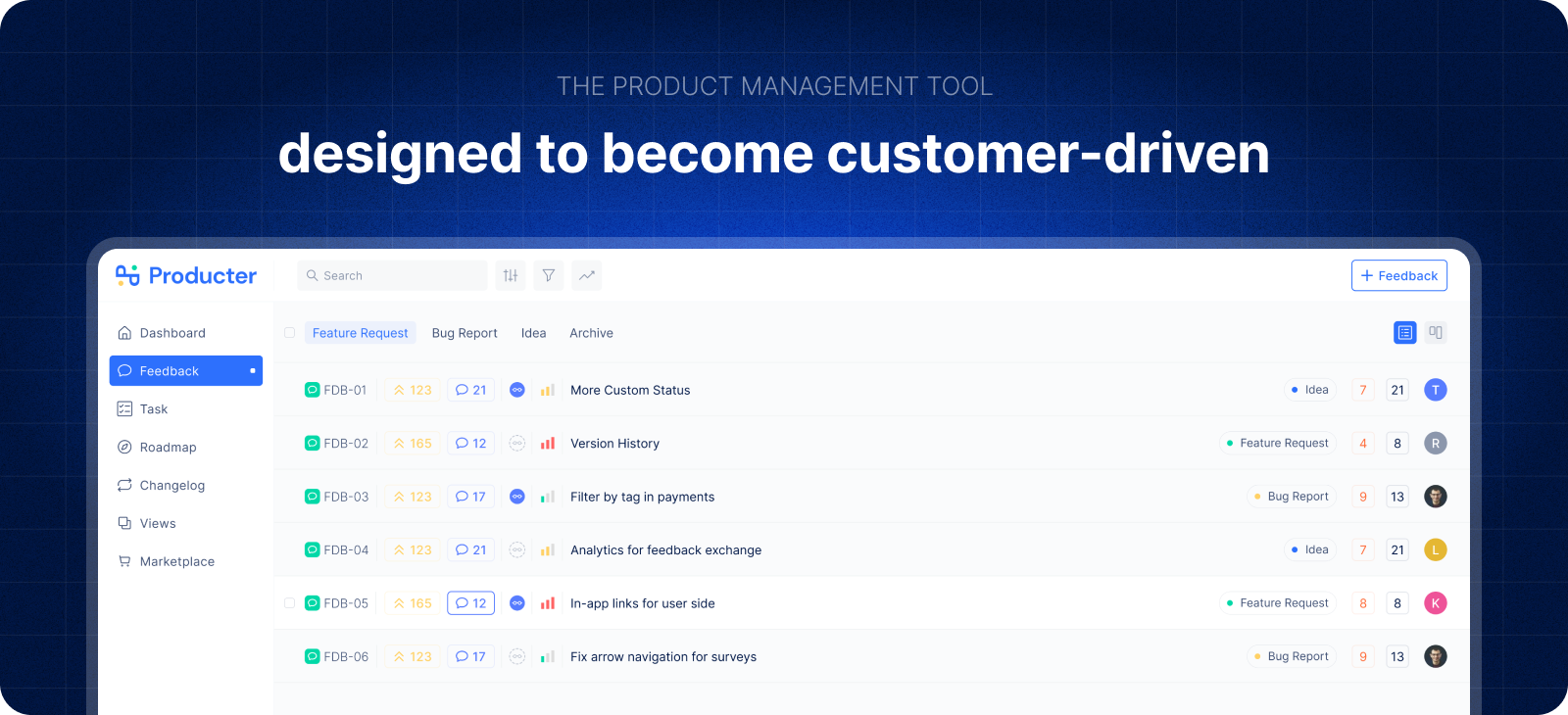Almost every product company knows a product roadmap is needed. Yet, it is often a love & hate relationship. To build a successful roadmap, you need to have a clear product vision and strategy. And, most importantly, you need to internalize business goals and expected outcomes. Without these two steps, creating a meaningful and trackable roadmap will eventually end up having a hate relationship with your beloved product roadmap. Sorry to say that, but been there done that :)

Product roadmaps are often get confused with a project plan. A strategic product roadmap is not a place where you dump new features or improvements. It’s not a place where you demonstrate the details of a task or a project, either. Most of the product people fall into the trap while fighting multidimensional problems throughout the day. And, there we go… The product roadmap starts competing with the product backlog at the end of the day. Once it happens, alignment between product and business goals or measuring the product success will become only a fantasy.

What a strategic product roadmap actually is?
A strategic product roadmap is a living document giving direction to all teams in a company, not only product teams. From a product manager to an I-have-only-5-minute CEO, every company member should understand what’s being cooked on the product roadmap at a glance. It unites all stakeholders in a shared understanding and keeps everyone on the same page regarding the product vision and value-added.
Why should every product-oriented company have a strategic product roadmap?
- Communication: Creating a product roadmap that no one understands only makes it a notebook for yourself or a handful of people. A clear and understandable product roadmap not only helps to keep product and development teams on track but also lets all teams or your beloved users know what’s coming next.
- Inspiration: A strategic roadmap is not a list of features. Any team member or a user looking at the roadmap should get the product vision and strategy. It doesn’t matter whether that person is from the Marketing or Development team. A product roadmap is meant to be inspiring and simple.
- Discussion: By creating a product roadmap that everyone grasps clearly, you will make room for discussion. Getting insight from different teams helps you prevent any unnecessary development effort. Plus, interdepartmental conversations help you double-check whether you prioritized accurately.
- Alignment: Whether it’s a fresh startup with ten people or an established company, business goals and product outcomes must align. Otherwise, a product roadmap is no more than a to-do list. Harmony between tech and non-tech teams comes from the alignment. An understandable, clear product roadmap plays a significant role in that. Along with an internally digested roadmap, a public product roadmap creates a vast difference. It means you know the drill, and you bring users into the play.
How to Create a Strategic Product Roadmap?
- Pick the right problems to solve: To choose the fundamental and most crucial problems comes from having a profound understanding of the market and user base. The most reliable way to gain it is to work hand in hand with non-tech teams like Sales and Customer Success and collect customer feedback regularly.
- Focus on the outcomes: An additional critical ingredient is focusing on the outcomes. To track the success, define clear and measurable goals. Otherwise, even if you put the roadmap items into practice, you will not be able to evaluate them.
- Calculate the cost: Picking the most value-added problem is not enough. Feasibility, potential risks, opportunity cost, and estimated development effort should be sifted through. If the estimated development effort for a roadmap item is way more than its value, you might consider the opportunity cost. Most probably, the development team won’t be able to work on roadmap items with higher impact if they focus on one huge item.
- Prioritize and share: Act of balance takes the stage once it’s time to prioritize. In the light of outcomes and costs determined, a significant portion of the product roadmap prioritization will be accomplished. One of the trickiest parts of prioritization is saying no to someone. It can be your customer, someone from sales or customer success teams, or the CEO. Ensuring that they absorb the product strategy behind the roadmap will help you gain strong buy-in and alignment.
- Convey the product vision: Product roadmap items are manageable chunks of product vision. While making product decisions, product vision should be your north star. If you get lost in the details, and the product roadmap starts becoming another feature list, double-check whether the roadmap items align with the product vision. Saying ‘no’ to the requests conflicting with the product vision or not being influenced by the urgency created might be challenging, but it’s one of the most vital parts of protecting the product.
- Repeat: Creating and implementing a product roadmap is not linear. It’s an iterative process that needs to be refined and adjusted continuously. Collect feedback, keep in touch with your customer and the market, then come back to your roadmap to freshen it.
To sum it up:
- Creating a product roadmap from scratch may cause existential dread, but every company aiming for product-led growth should have one, for sure.
- Stay at the high-level perspective and avoid turning the product roadmap into another backlog.
- A product roadmap is valuable if it has a shared understanding. Communicate it with stakeholders, get their insight and ensure the buy-in and alignment. Isolating the product roadmap from other teams ends up most possibly with a failure.
- Prototype, get feedback and repeat. A product roadmap is not a static document. It should be revisited over and over to stay alive. You can use a roadmapping tool like Producter to keep your stakeholders in the loop and your roadmap alive.
Producter is a product management tool designed to become customer-driven.
It helps you collect feedback, manage tasks, sharing product updates, creating product docs, and tracking roadmap.






